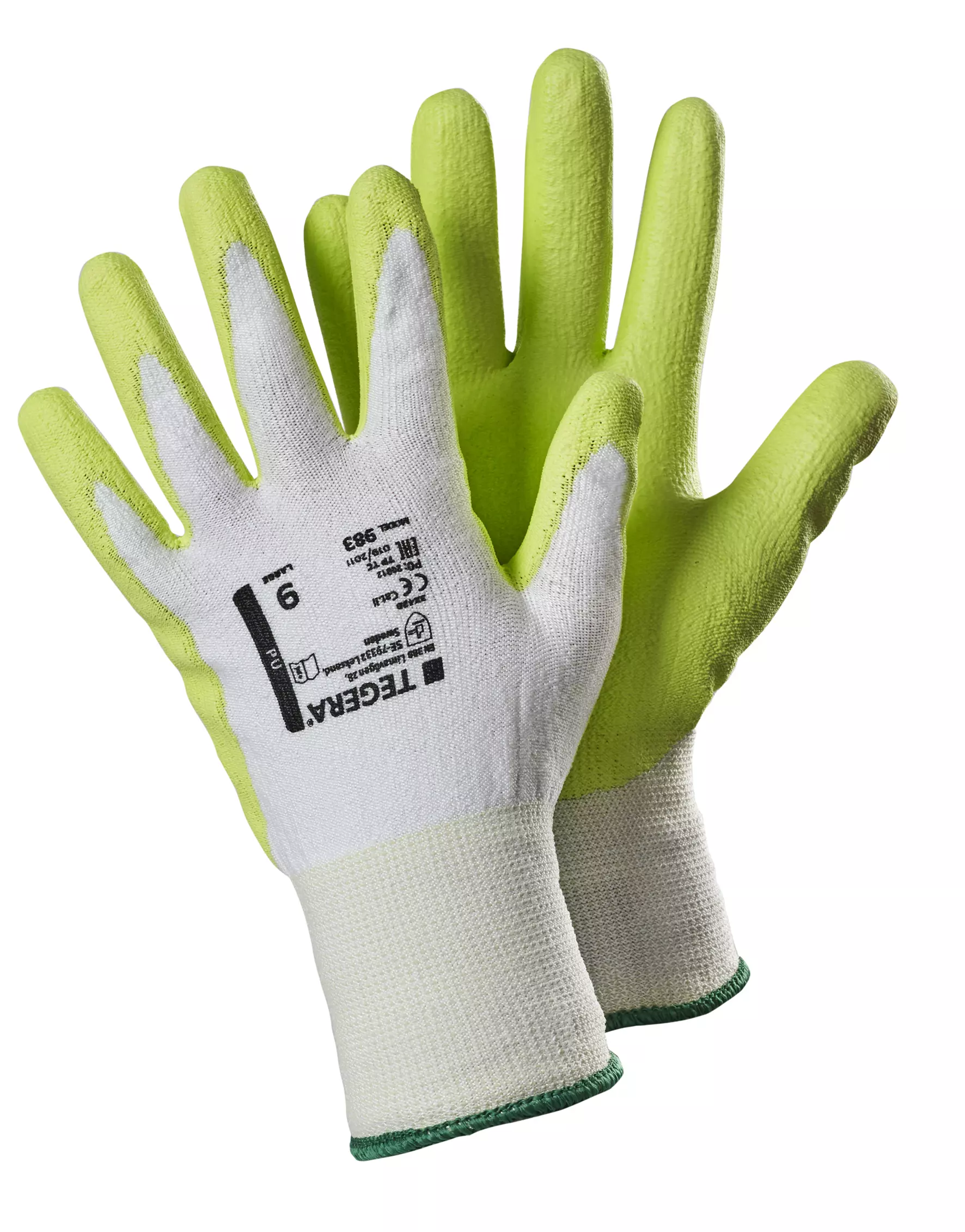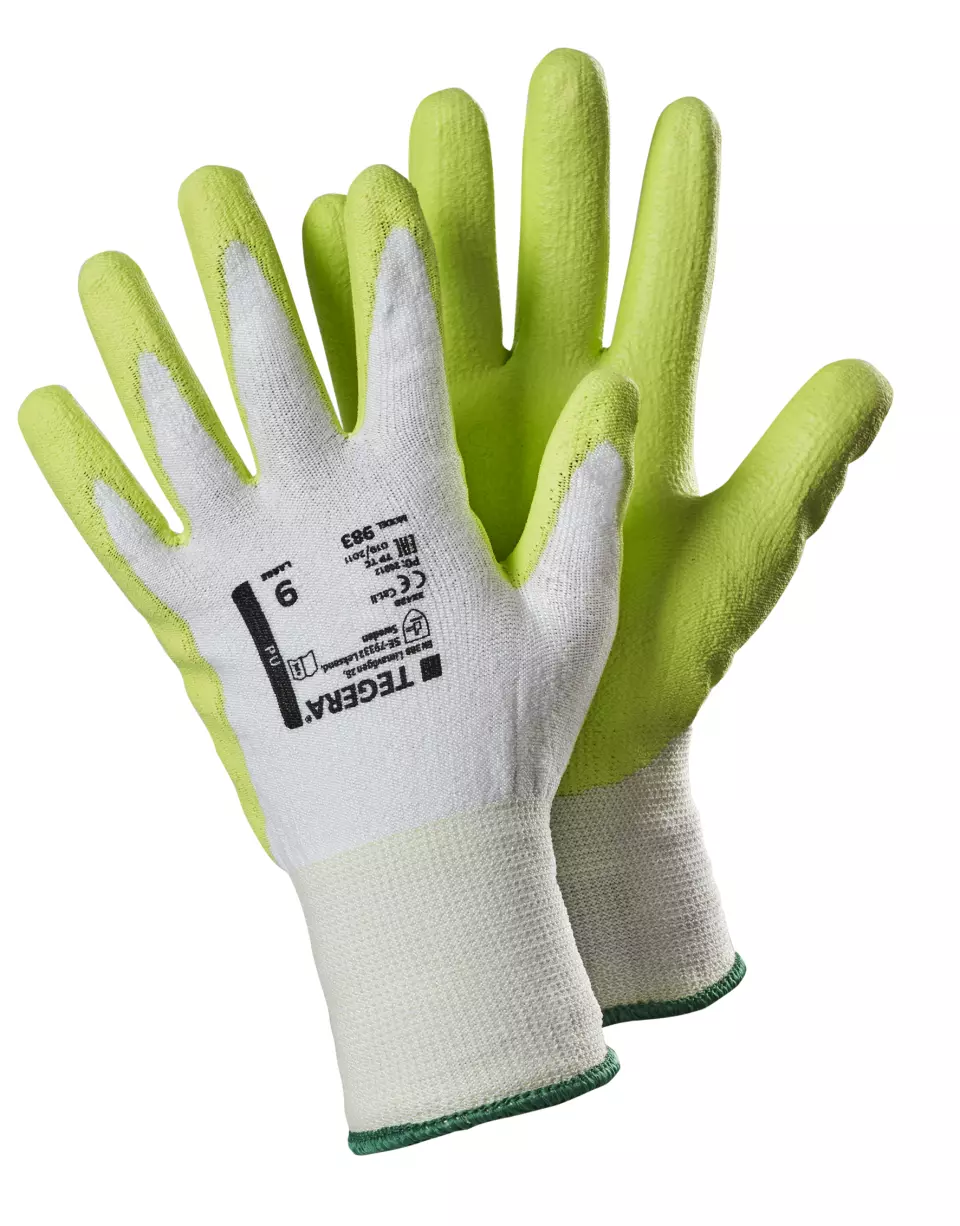
Features You'll Love

Coating Material · Polyurethane (PU)
The substance applied to glove surfaces to enhance grip, durability, and protection, with different materials suited for various work conditions.

EN 388 · Tear Resistance Level 4, Cut Resistance, ISO 13997 Level B, Abrasion Resistance Level 3
Offers the highest level of protection against tearing, withstanding a strong force before ripping.
Offers low cut protection for general work, such as packaging and light assembly.
Provides good resistance against scraping, scratching, and rubbing on rough or abrasive surfaces.
193,81 €
Price per 12 pairs
16,15 € / pair
Choose size
Free delivery
Features You'll Love

Coating Material · Polyurethane (PU)
The substance applied to glove surfaces to enhance grip, durability, and protection, with different materials suited for various work conditions.

EN 388 · Tear Resistance Level 4, Cut Resistance, ISO 13997 Level B, Abrasion Resistance Level 3
Offers the highest level of protection against tearing, withstanding a strong force before ripping.
Offers low cut protection for general work, such as packaging and light assembly.
Provides good resistance against scraping, scratching, and rubbing on rough or abrasive surfaces.
Product description
TEGERA® 983, Cut resistant glove, PU, palm coated, Dyneema® Diamond Technology, Lycra®, 15 gg, flat surface, cut resistance class 4, cut resistance class B, Cat. II, ventilation holes in the back of the hand, precision work